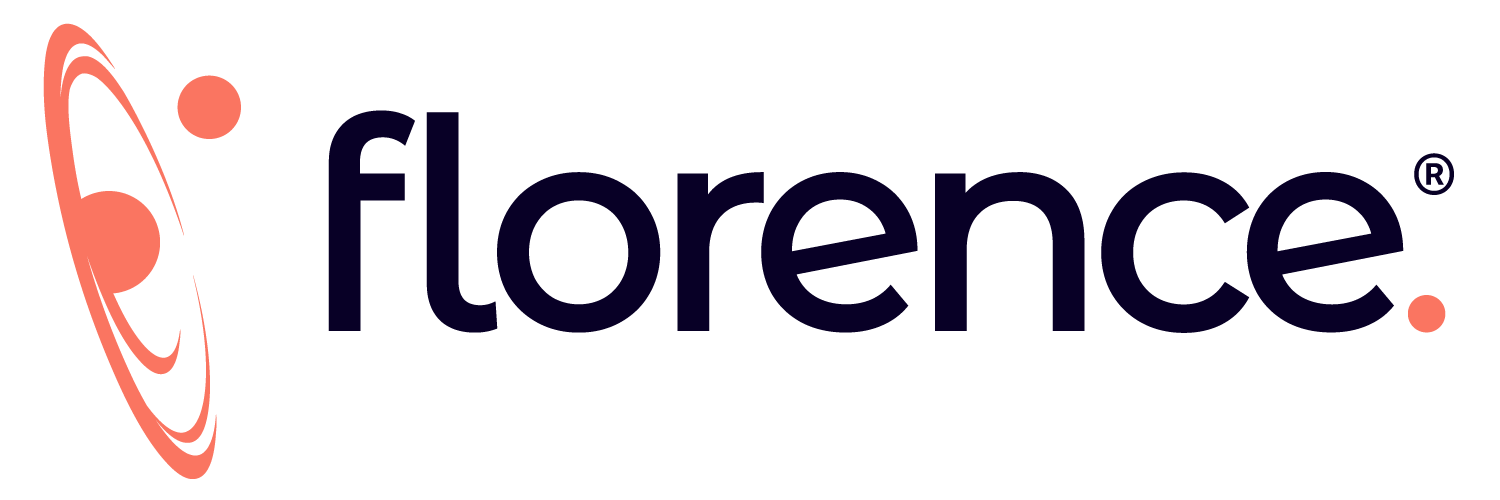Busting Myths About Remote Monitoring and Document Automation
Remote Monitoring and Document Automation are two proven areas where Sponsors, CROs and Sites can significantly reduce costs while improving operational efficiency. However, despite the clear benefits, there are still several myths surrounding remote monitoring and document automation. Our CEO Ryan Jones addressed a few during the recent webinar: when CROs, Sites and Sponsors give in to these persistent myths, “the reality is you get a hodgepodge of content collection and a hodgepodge of workflows, which creates a bunch of risk.”
So how do you set about myth busting? We started with the 3 most common myths we encounter around Remote Monitoring:
Myth 1: “What I’m doing now is working just fine.”
While traditional monitoring methods may be functional, they often lead to fragmented workflows, duplicated tasks, and higher risk. Transitioning to digital can streamline processes, reduce delays, and improve overall study quality.
So even if things seem to work just fine – for now – what about the future? What about the potential for studies that could demand more resources, time or capacity than your sites can currently support? And what about the impact of getting those trials completed faster? Even if things seem to work well, future-proofing, or getting ready fo these potential issues and challenges is critical to ensure that costs can be – and stay – reduced.
Myth 2: “Sites will invest in their own technology.”
While some sites in North America and Europe may already be using digital tools, the majority of sites globally are still paper-based. Sponsors need to offer solutions to bring these sites into the digital age and create a better site experience through site enablement.

Sponsors can not only save costs, but can also make an enormous impact by bringing in technology that sites will love. Tools like Florence’s SiteLink greatly reduce both time and cost in clinical trials by automating the flow of documents and helping sites quickly and easily adhere to study timelines.
Myth 3: “This only works for North America.”
Remote monitoring and document automation are not just for North America. In fact, Florence Healthcare’s platform can be deployed in over 90 countries, and the adoption of digital technologies is becoming a global trend, ensuring compliance with local and international regulations.
Investing in the Future of Clinical Trials
The clinical trial industry is evolving towards a technology-driven future,
and those who adopt remote monitoring and document automation are not only reducing their costs but also gaining a competitive edge. By embracing these technologies, sponsors and CROs can accelerate timelines, improve study quality, and generate deeper insights, all while saving millions in operational costs.
It’s time to overcome the myths and embrace the future of clinical research. Whether you’re working on global trials or smaller-scale studies, remote monitoring and document automation are the key to success in today’s fast-paced clinical landscape.
Ready to cut costs in your clinical trials? Schedule a personalized demo to see our remote monitoring and document automation solution, SiteLink, for significant savings!

